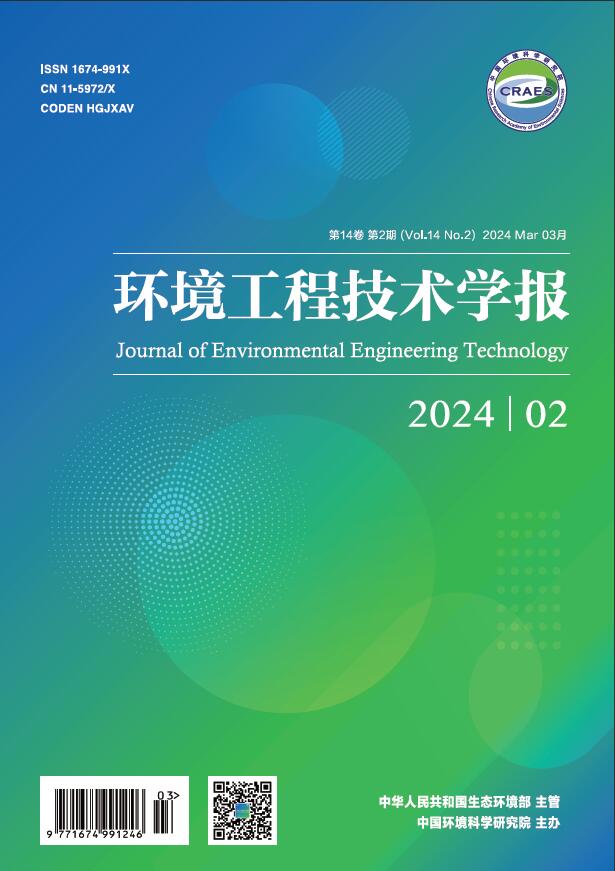Abstract:
Seventy-five samples by eleven vertical lines in Qinghai Lake were established to measure the total phosphorus (TP), soluble phosphorus concentration in the water body and other relevant water quality factors. The results showed that the soluble phosphorus was not the primary forms of phosphorus among complex forms of total phosphorus in the lake. The concentration of TP displayed a significant negative correlation with pH, dissolved oxygen (DO) and permanganate index, while showing a significant positive correlation with chlorophyll-a and algal biomass. The range of TP concentration in the lake was from 0.039 to 0.320 mg/L in May, from 0.067 to 0.197 mg/L in July, and from 0.037 to 0.080 mg/L in September, respectively. There was a significant difference in TP concentration in May, July and September (P<0.05) in Sand Island and Jiangxigou Terminal sampling sites. The TP concentration in September showed a significant difference (P<0.05) from that in May and July in 151 Terminal, Birds Island and Qinghai Lake Farm sampling sites. The TP concentration in May and July displayed no significant difference. In Shaliu River sampling site, the concentration of TP had no significant difference in May, July and September, but the TP concentration in July and September had a significant difference (P<0.05). Moreover, for Lake Center 3# and Heima River sampling sites, the concentration of TP existed a significant difference in May, July and September(P<0.05), and the TP concentration in July and September had no significant difference. Furthermore, no significant difference of TP concentration was found in May, July and September in Bu’ha River, Lake Center 7# and Quanji River sampling sites.


